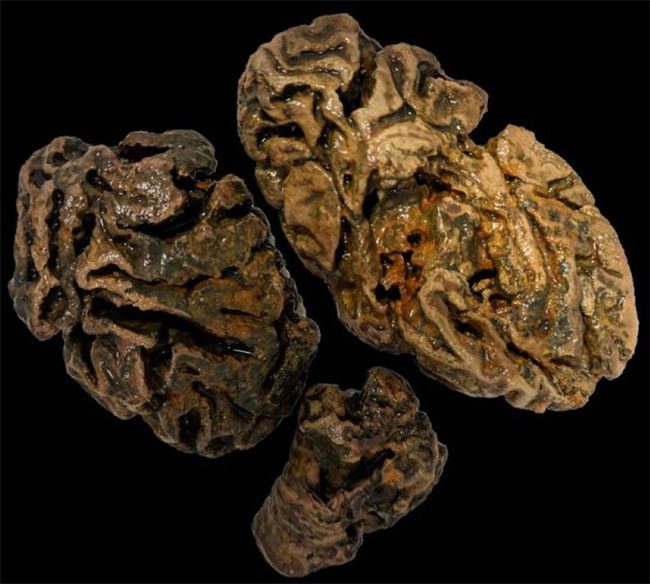A new study has found that the human brain can surprisingly withstand the ravages of time, with some brains being up to 12,000 years old.
Alexandra Morton-Hayward, a mortuary scientist at the University of Oxford (UK), leads a research team that has cataloged the number of human brains discovered in archaeological records worldwide.

This research on human brains helps scientists gain a better understanding of diseases related to neurological, cognitive, and behavioral disorders – (Image: AdobeStock).
They discovered 4,405 preserved brains from 213 different sources across all continents (except Antarctica), dating from the 17th century onwards.
According to archaeology, the preservation of soft tissue when a body is buried naturally (without embalming or freezing) is extremely rare. Previous experimental decomposition studies have shown that the brain is one of the first organs to decompose after death.
To understand the rarity of this event, Morton-Hayward’s team searched for preserved brains around the world.
The aforementioned 4,405 brains originated from various environments, including a mass grave from the Spanish Civil War, the deserts of ancient Egypt, victims sacrificed near the Llullaillaco volcano around 1450, the Tollund man who lived around 220 BC in a bog, and the shores of Sweden during the Stone Age.
The environmental conditions where these brains were found—such as dehydration, freezing, anaerobic conditions (as in bogs), and saponification—correlate with how the brains were preserved naturally, causing the fat in the brain to become wax-like.

Brain fragments of an individual buried in a cemetery in the UK about 200 years ago – (Image: Alexandra L. Morton-Hayward).
Notably, among the 4,405 brains, 1,308 (nearly one-third) are the only remaining soft tissue structures in bodies that have completely decomposed to just bones. These are also the oldest brains, dating back to 12,000 years.
The research team suggests that there may be a unique mechanism for the preservation of soft tissue in the central nervous system. What that mechanism is remains a significant question, but researchers believe it could involve interaction between brain molecules and something in the environment.
Experts believe this discovery could help us better understand the evolutionary history of humanity, as well as ancient diseases related to neurological, cognitive, and behavioral disorders.
The study was published on March 20 in the journal Proceedings of the Royal Society B: Biological Sciences.


















































